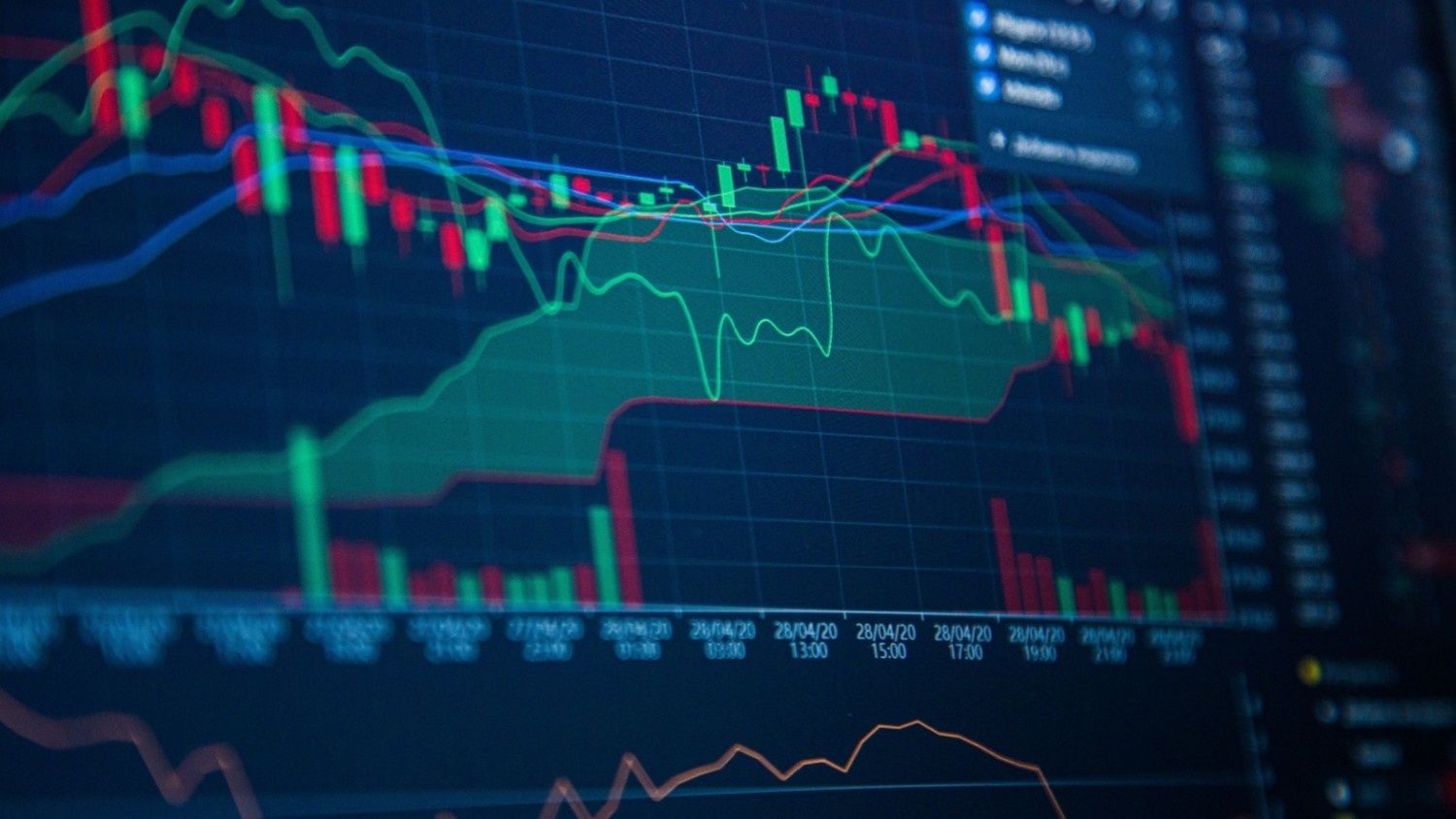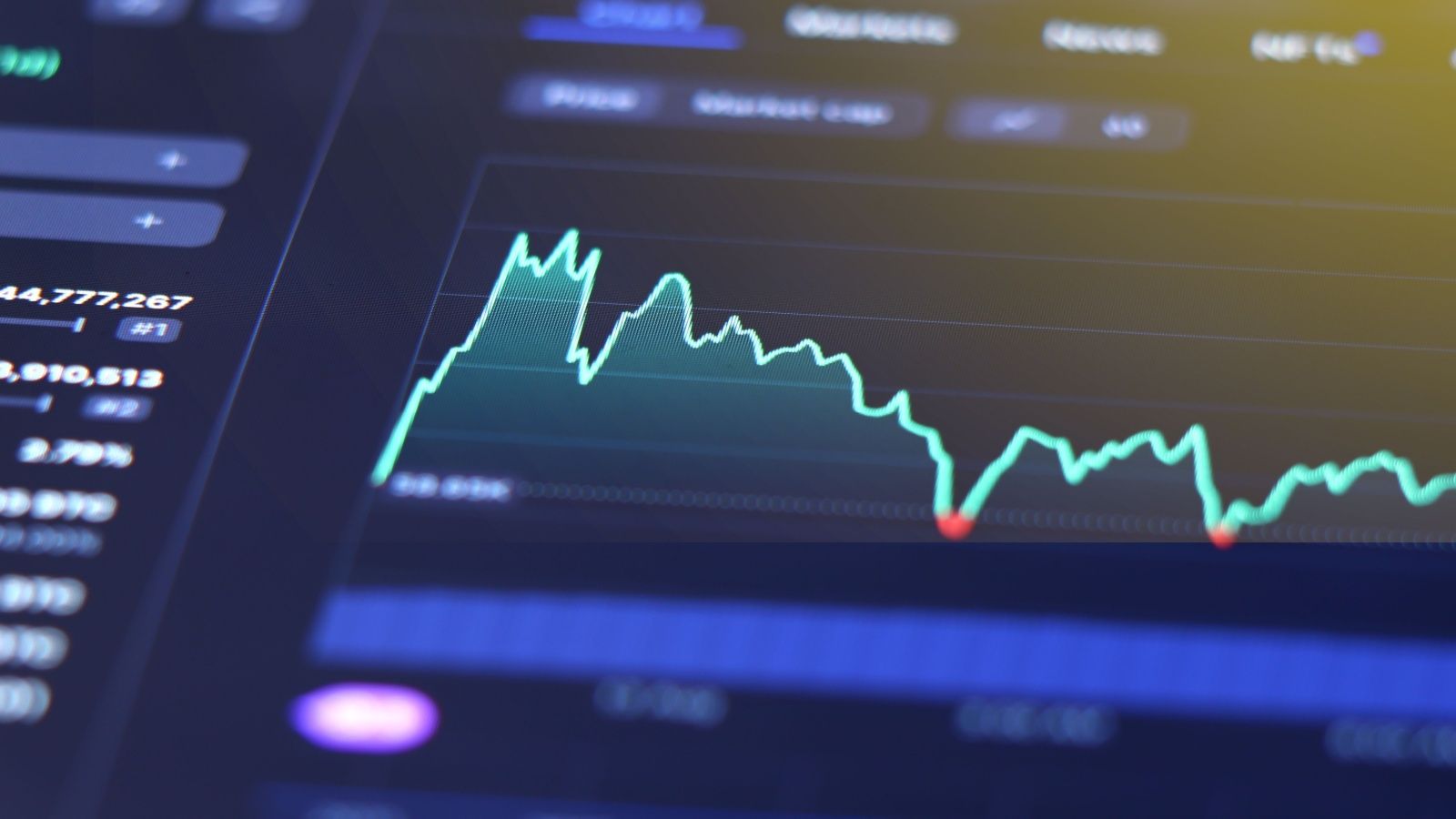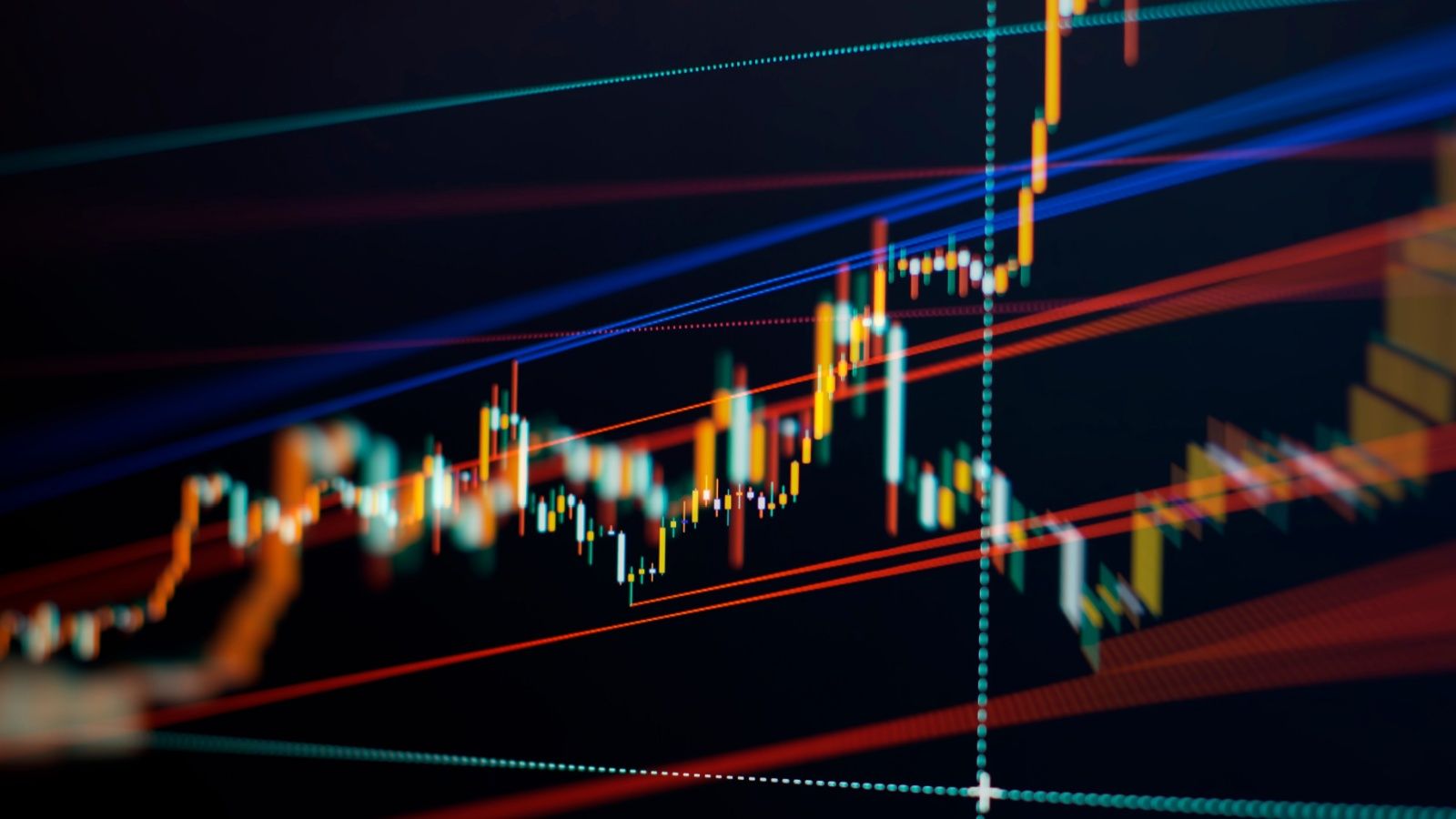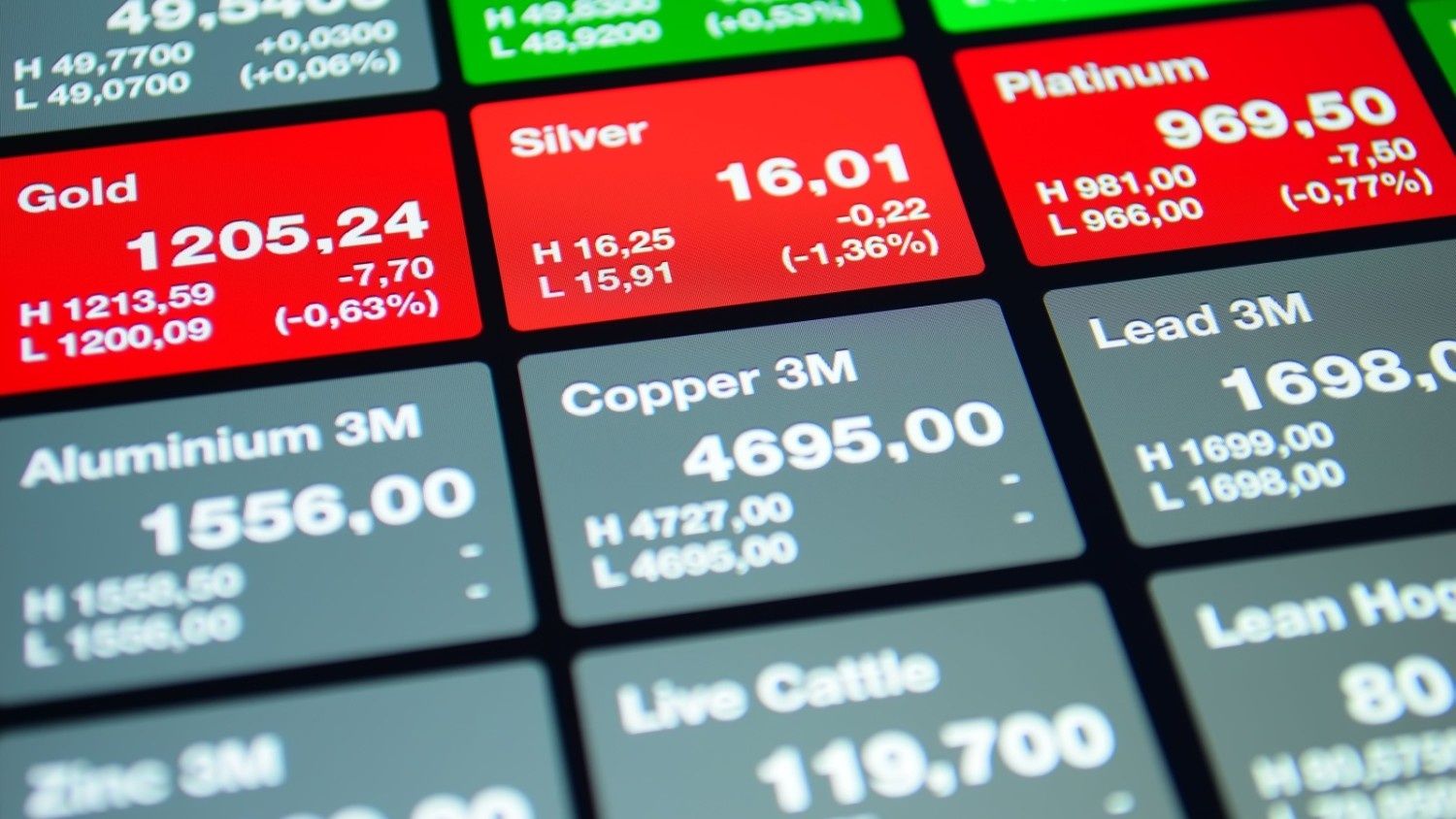Demand Deposit - What It Is, Meaning, Example, & Account Types
Written by Upstox Desk
Published on December 19, 2025 | 7 min read

Someone who knows to bank well would know what Demand deposits are and the benefits these accounts provide to the layman. Demand deposits are deposits made in various current accounts or DDA types. These current accounts or DDAs are accounts using which you can retrieve your deposits without seeking approval or submitting a prior notice to the bank.
Normally, the bank pays a nominal amount of interest on deposits made through these accounts. A current account (DDA) is a bank account in which you can retrieve cash for everyday use without notice. DDA accounts may pay interest on deposited money without a requirement to do so. Common types of DDAs are Current accounts and savings accounts.
Features of Demand Deposits
- Demand deposits can take out funds at any time without request or notice. You should be familiar with your current and savings accounts.
- Current account holders generally use these deposits to meet their daily needs. However, there may be a maximum limit on deposits withdrawn from these accounts, specified as the daily limit of the account holder's account balance.
- These accounts can have co-owners, with each owner able to withdraw funds from the account when needed. These accounts are quite different from fixed deposit accounts, where funds are locked in for some time before depositors have to wait for a withdrawal.
- Growth of overnight demand deposits in India wherein December 2021 saw a significant year-over-year increase in demand deposits of 32%. Indians have switched from term deposits to demand deposits despite not offering attractive interest rates.
Advantages Of Demand deposit
A demand deposit helps you keep your money safe in bank accounts and provides quick cash for your personal and official needs. You can withdraw money anytime without seeking approval and without serving any notice and communication.
There is no charge or any limitation charged by the bank for any number of withdrawals. These also allow for electronic transfer.
Demand Deposit Types
There are three kinds of Demand deposit accounts where you can deposit or withdraw your money. Some current accounts are Traditional current account, Premium current account, Interest-bearing current account, Premium current account, Student current account, Second chance Current account, etc.
A checking account is the most widely used instant demand account that offers depositors excellent liquidity using a debit card and chequebook. This account allows you to withdraw cash and pay bills at the most convenient place and time. The interest earned on a checking account is minimal as it carries significantly less risk.
Savings Account
You are probably familiar with a savings account, a checking account or DDA that holds money for a long duration and has a minimum balance required so that almost anyone can open a savings account.
Also, interest rates are higher when you deposit more money into your savings account.
Current Account
This offers high liquidity, allowing funds to be withdrawn when needed. These accounts earn very little or no interest at all. In the case of income, the interest depends on the financial provider.
These accounts are generally for short-term use as opposed to savings accounts which are long-term.
Money Market Account
These are demand deposits that track the market interest rate, which is impacted by the economic activity of central banks. Therefore, the interest rate provided by money market accounts can vary compared to savings accounts as it depends on the market interest rate.
Why Are Demand deposits Considered As Money?
Demand deposits are considered money because:
- They can be deposited and retrieved at any time without approval or documentation.
- Demand accounts are more like cash and check payments.
- It is a form of bank money.
Demand Deposit Example
Mrs Iyers had INR 10000 in her savings account on 1 March. On 15 March, she received INR 20000 as her salary. On 25 March, she withdrew INR 20000 to buy something for her house, which means her savings bank balance remains INR 10000. Assuming that the interest is calculated at 4% per annum in his savings account on a daily product method:
- From March 1-14, the interest will be calculated on INR 10000 for 14 days
- For the next days, the interest will be calculated on INR 30000 for 10 days.
- For the last 6 days, the interest will be calculated on INR 5000.
- So, the total interest she earns for March is INR 58/INR 60 (rounded up).
Advantages of Demand Deposit Accounts
- Easy Access: Instant deposits provide quick access to money through online banking, mobile banking, instant withdrawal from banks, ATMs, checks, etc.
- Liquidity: You can withdraw money and have ready cash for your personal and business needs.
- No Additional Fees: There are no withdrawal fees from such an account.
Disadvantages of Demand Deposit Accounts
- High fees and lower interest rates.
- Low capital appreciation.
Conclusion
Demand deposits are a critical source of financing that individuals hold for depositing money as and when received or earned by them and for daily consumption or any financial emergency. Demand deposits are generally filled in and utilized by households and non-financial corporations.
Instant demand deposits offer higher liquidity and are a quick and highly effective source of money for individuals and businesses. Although the return is lower, these accounts offer a risk-free return. Even the fee for holding and managing these deposits is much lower than other saving and investment products in the market.
Key Takeaways
- A demand deposit is instant money you can submit or withdraw without seeking prior approval.
- Demand deposits provide daily money.
- Demand deposits hardly pay any interest or come with no interest.
- Demand deposits allow you to have co-owners.
Frequently Asked Questions
What are the two main types of deposits that can be accessed at banks?
The two main types of deposits are:
- Demand Deposits - These can be accessed on demand and at any time without approval or banking formalities.
- Fixed Deposits - These are time-framed deposits that require a minimum period of maturity(for interest earning) for the customer to access the funds.
Can I access Demand Deposits from financial institutions like Banks, NBFCs, etc.?
As of now, demand deposits can be accessed only through banks. Most of the NBFC activities are bank-like, and they are also authorized to make and lend investments, yet, as per RBI, NBFCs cannot accept Demand Deposits.
Besides tenure, what are the other points of difference between a Demand Deposit and a Fixed Deposit?
Besides the period allocation in both deposits, demand deposits may attract a monthly maintenance fee and give out less interest than fixed deposits. There are no fee charges for FDs. Post-pandemic investments and savings in Demand Deposits are rapidly increasing.
Under what circumstances is a fee charged under Demand Deposits?
Demand deposits can charge fees in the following situations:
- If your account balance falls below its prescribed balance
- If you don't have a direct deposit set up
- If there is any overdraft accessed on the account
- If out-of-network ATM usage is registered.
How can I find the balance in my demand deposits?
You can find the balance using any of the following ways:
- Internet Banking
- ATM Balance
- Mobile Banking
- Accessing 24x7 Call Centre
- Visiting the bank
What is the relevance of Demand Deposits?
These kinds of deposits have several advantages and are quite important for the following reasons:
- They provide easy access to withdraw funds.
- There are several sources for withdrawing money, for example, ATMs, online banking and mobile banking money transfer options, bank counter, checks, etc.
- These are also taken into account as consistent and constant money supply. In most countries, these deposits represent the bulk of the money supply.
About Author
Upstox Desk
Upstox Desk
Team of expert writers dedicated to providing insightful and comprehensive coverage on stock markets, economic trends, commodities, business developments, and personal finance. With a passion for delivering valuable information, the team strives to keep readers informed about the latest trends and developments in the financial world.
Read more from UpstoxUpstox is a leading Indian financial services company that offers online trading and investment services in stocks, commodities, currencies, mutual funds, and more. Founded in 2009 and headquartered in Mumbai, Upstox is backed by prominent investors including Ratan Tata, Tiger Global, and Kalaari Capital. It operates under RKSV Securities and is registered with SEBI, NSE, BSE, and other regulatory bodies, ensuring secure and compliant trading experiences.




















